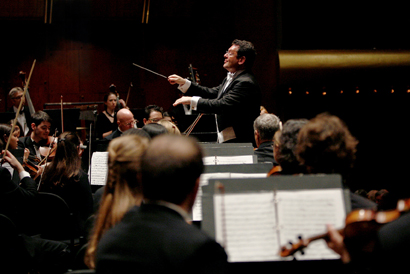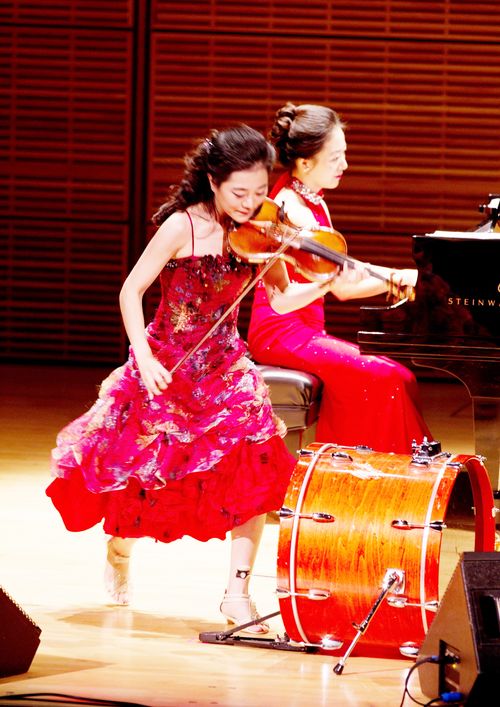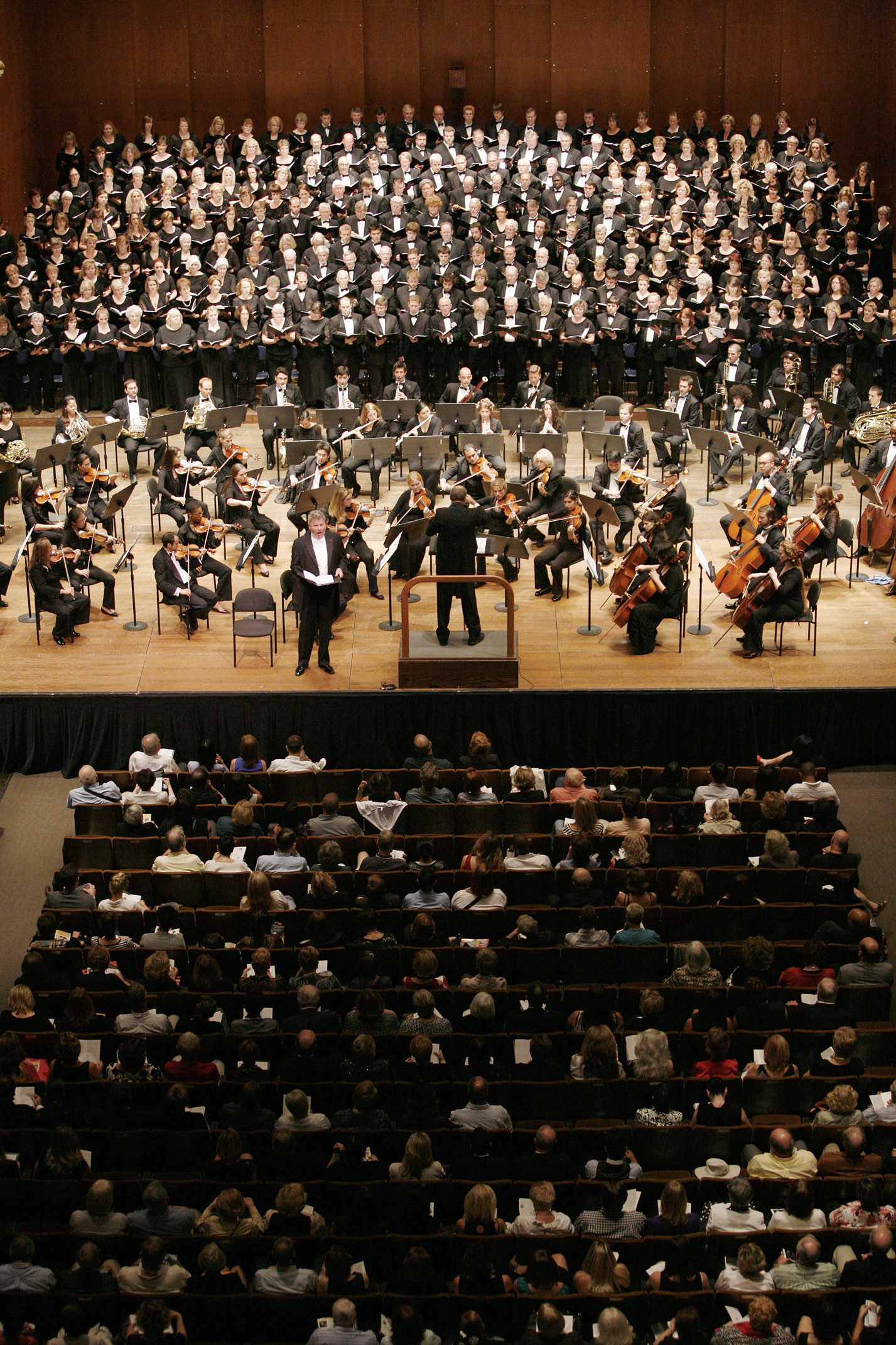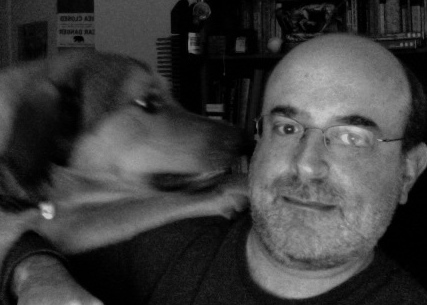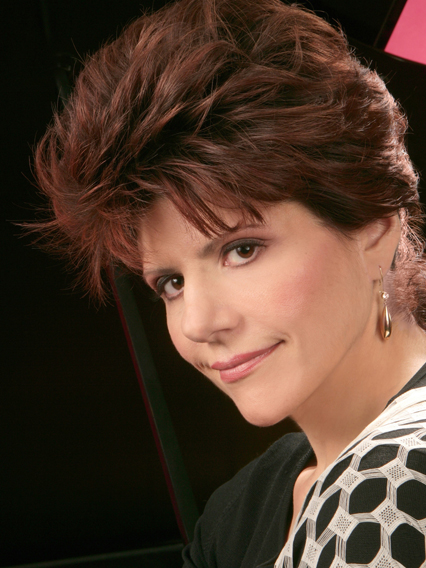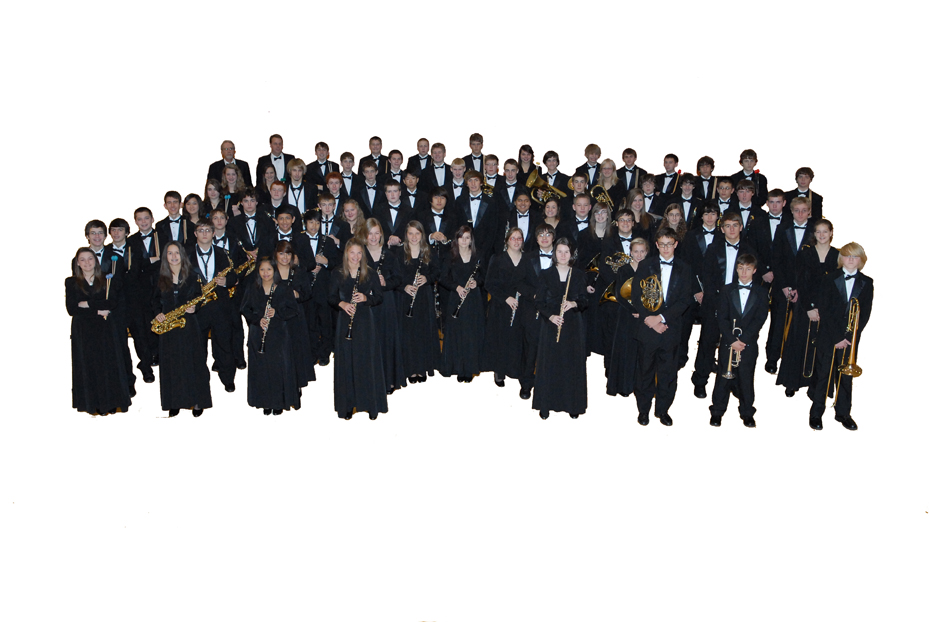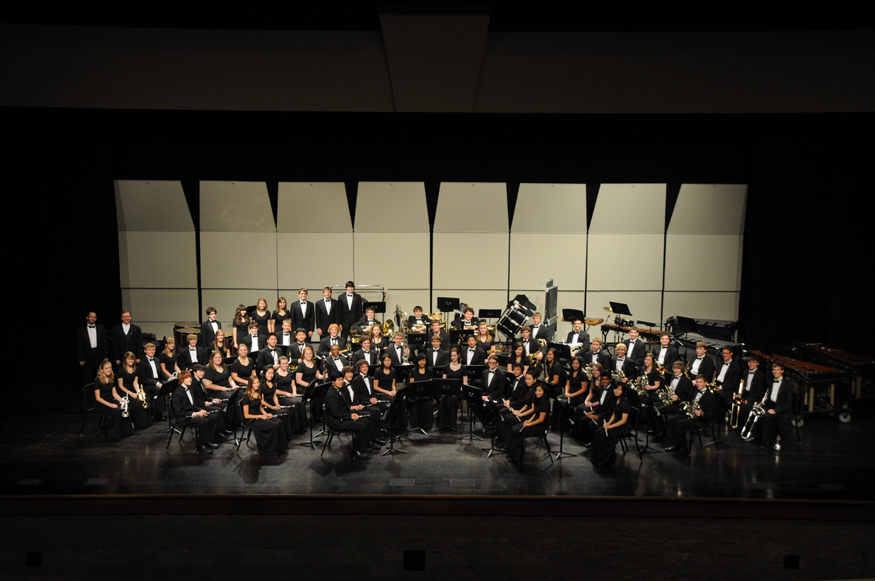A full house greeted the Distinguished Concerts Orchestra and Jonathan Griffith, Artistic Director, on Martin Luther King Day. The opening work of the program was Jenkins’ “The Wooing of Etain” in its United States premiere. The piece is unusually scored for soloists that include soprano saxophone, electric bass and uilleann pipes. Despite the unconventional use of instrumentation, the work is sweetly tonal, warm and embracing. It was performed with affection and commitment, although some of the individual playing was slightly off pitch. The soloists: Rob Derke, Carlo de Rosa and Joseph Mulvanerty, performed and improvised with technical brilliance.
Jenkins’ “Sarikiz”, a violin concerto given its Carnegie Hall premiere, won the audience over instantly with its Carl Orff-like primitive energy and minimalistic repetition. Apart from the occasional reference to Kazakh folk themes, Jenkins uses two Kazakh indigenous percussion instruments, the dabel (hand drum) and the kepshek (tambourine). Like Orff’s beloved “Carmina Burana”, for example, very little counterpoint is used, the simplest of chords were often employed, and the percussion–while effective–is sometimes used a bit too often (here, they also covered the violin soloist at times). The idiomatic, virtuosic violin scoring holds the audience’s attention in this appealing work–especially with the right soloist. Jorge Avila did an outstanding job with the violin part, and his charismatic stage presence helped keep a diverse audience riveted.
Carol Barratt’s Fantasy Preludes for piano was given a solid performance by Danny Evans and receiving its United States premiere, was composed with an original touch–even though there were many reminders of 20th century modern and impressionistic influences. Nine preludes in all, there was a good deal of counterpoint–which was a refreshing change–and interesting harmonic variety as well. Melodic writing was sometimes chromatic, sometimes more spacial–but almost always lyrical. I would have placed the violin concerto after this work, as the solo piano looked and sounded anti-climactic after witnessing the orchestra.
A diverse audience was to be expected, as it was Martin Luther King Day, and Jenkins’ world premiere, “The Peacemakers”, included quotations from many important leaders or texts.
Those that were quoted include Gandhi, Mother Teresa of Calcutta, St. Francis of Assisi, Nelson Mandela, and Anne Frank (a touching, special addition to this list). Of course, there was also a Martin Luther King tribute. The excellent performers included soprano Antoni Mendezona, flutist Kara Deraad Santos, the return of saxophonist Rob Derke and electric bassist Carlo de Rosa, Benny Koonyevsky on ethnic percussion, and Joseph Mulvanerty on uilleann pipes.
Jenkins’ “The Peacemakers” is poignant, resonant, and meaningful. The music accompanies the corresponding texts with devotion. The instrumentation chosen always suited the origin or culture of the text; for example, the bansuri (Indian flute) with the Gandhi text, and the African percussion with the Mandela text worked perfectly. Martin Luther King’s tribute included an incredibly inventive mix of the Blues and Robert Schumann’s “Traumerei” (“Dreaming”).


